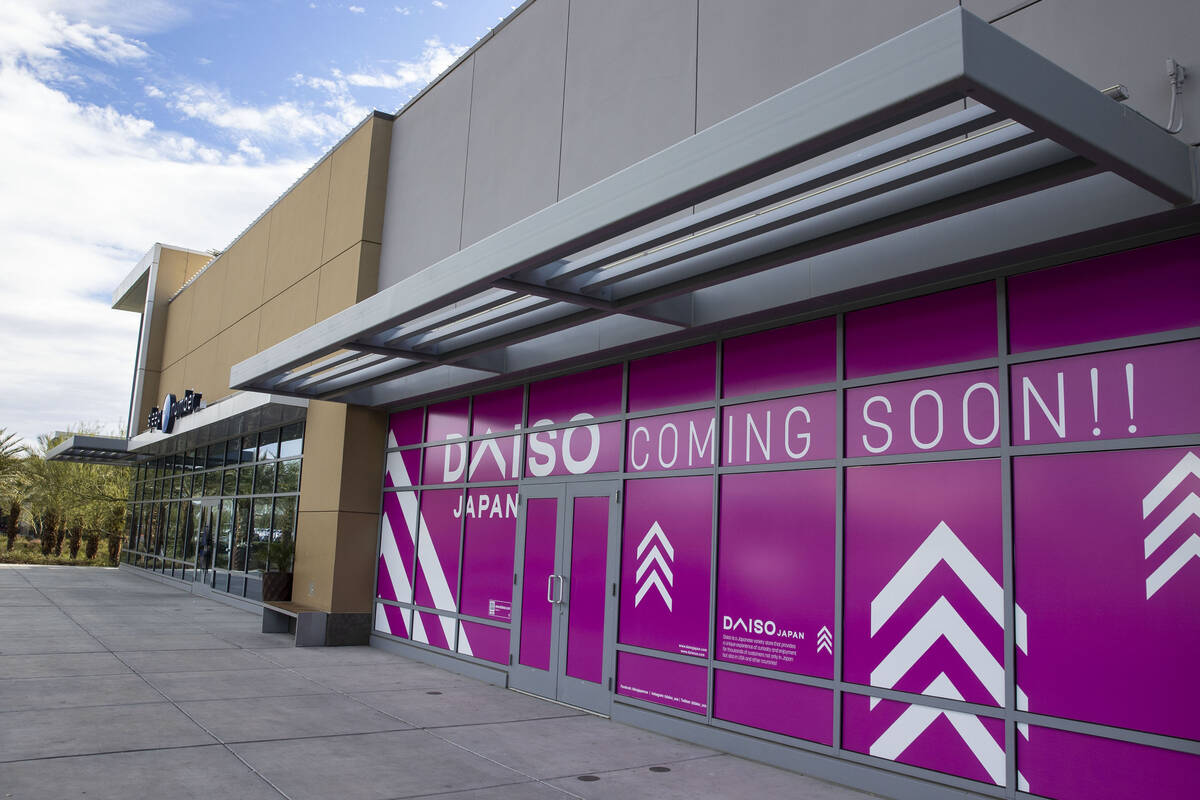Posted: Sep 26, 2021 at 9:47 am
Last updated: September 26, 2021, 9:47 am.
Steve Bittenbender
Continue reading
Hundreds of casino resort employees and their supporters marched down the Las Vegas Strip Friday night to say they were ready to get back to work.

Members of the Culinary Union Local 226 and their supporters marched down the Las Vegas Strip Friday night urging more people to visit Las Vegas. The union, which represents about 60,000 casino workers, said 21,000 have been recalled since they were fired more than 18 months ago. (Image: Culinary Union / Facebook)
The Culinary Union Local 226 hosted the event. Union officials noted that more than a third of their 60,000 members have not yet been called to work as the COVID-19 pandemic forced all casinos in Vegas and Nevada to temporarily close.
After closing for nearly three months, Nevada casinos reopened with restrictions in June 2020. These restrictions, which included capacity reductions, masking requirements, and other social distancing guidelines, were in place for almost a year until they were lifted for all operators on June 1.
Since then, Las Vegas has returned millions of visitors to the Strip and the other area casinos, which has helped the state capture total revenue from the game. Those numbers were released despite the fact that the Vegas area became a hotspot for the COVID-19 Delta variant. Even as cases increased dramatically, state and local officials decided not to reintroduce capacity restrictions, despite a mask mandate again in effect in public venues such as Las Vegas casinos.
Despite this recovery, union officials found that 21,000 of their members had not yet been called to work. They hope that more of their members will get the much-anticipated callbacks as visitor numbers continue to rise.
Hospitality workers want loyal customers to return to Las Vegas and receive the high quality service they know from Las Vegas, ”the union said in a statement on its Facebook page. “The staff are ready to prepare and serve great food in full-service restaurants, prepare and serve quality drinks and beverages, and ensure that guest rooms are cleaned and disinfected daily.”
State and state pandemic-related worker unemployment programs ended earlier this month in Nevada. These included the $ 300 weekly federal grant, as well as programs that expanded benefits for workers who lost their jobs as a result of the pandemic.
Largest union in Nevada
The union is the largest in Nevada and represents more than a third of all union employees in Nevada, according to the US Bureau of Labor Statistics. The Culinary Union workers are salaried employees at most of the casinos on the Strip and in downtown Las Vegas. It is also very heterogeneous: 55 percent of the members are women, 45 percent of the members are immigrants.
Several protesters held up signs urging more visitors to come back, as well as others saying, “We’ll come back stronger!” Was the theme of the march.
The protesters wore either their work uniforms or red t-shirts. Many of the red shirts were labeled “Vegas Strong” with illustrations of waiters, chefs, hostesses and casino staff.
New state law applies to casino employees
Members of the Culinary Union who have not been recalled are subject to the Nevada State “Right of Return” law, passed earlier this year. The union was one of the strongest supporters of the bill.
It covers casino employees who have lost their jobs due to the pandemic. If they were employed for at least six months prior to the pandemic, the casino is required to give priority to a job for the laid-off worker. Provided the job is the same or similar to the worker who previously worked at the casino.
Employers must give affected employees at least 24 hours to consider accepting a job. In addition, if a company decides not to bring a laid-off worker back for a job, the company must explain why they were not selected.
The law, which went into effect July 1, applies to workers for up to two years or when Nevada’s governor ends the COVID-19 state of emergency, whichever comes first.











